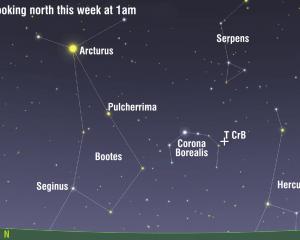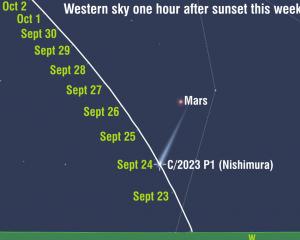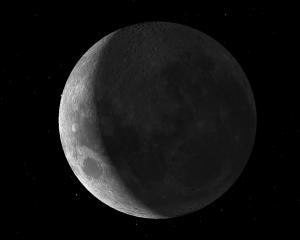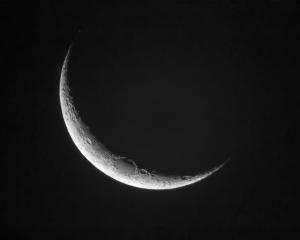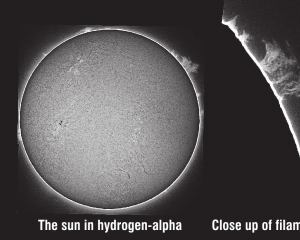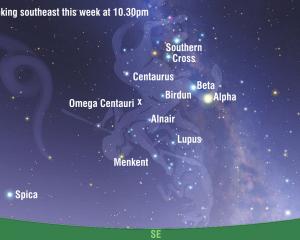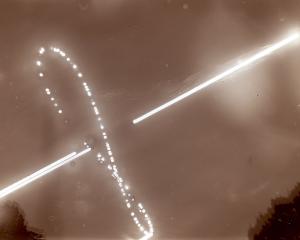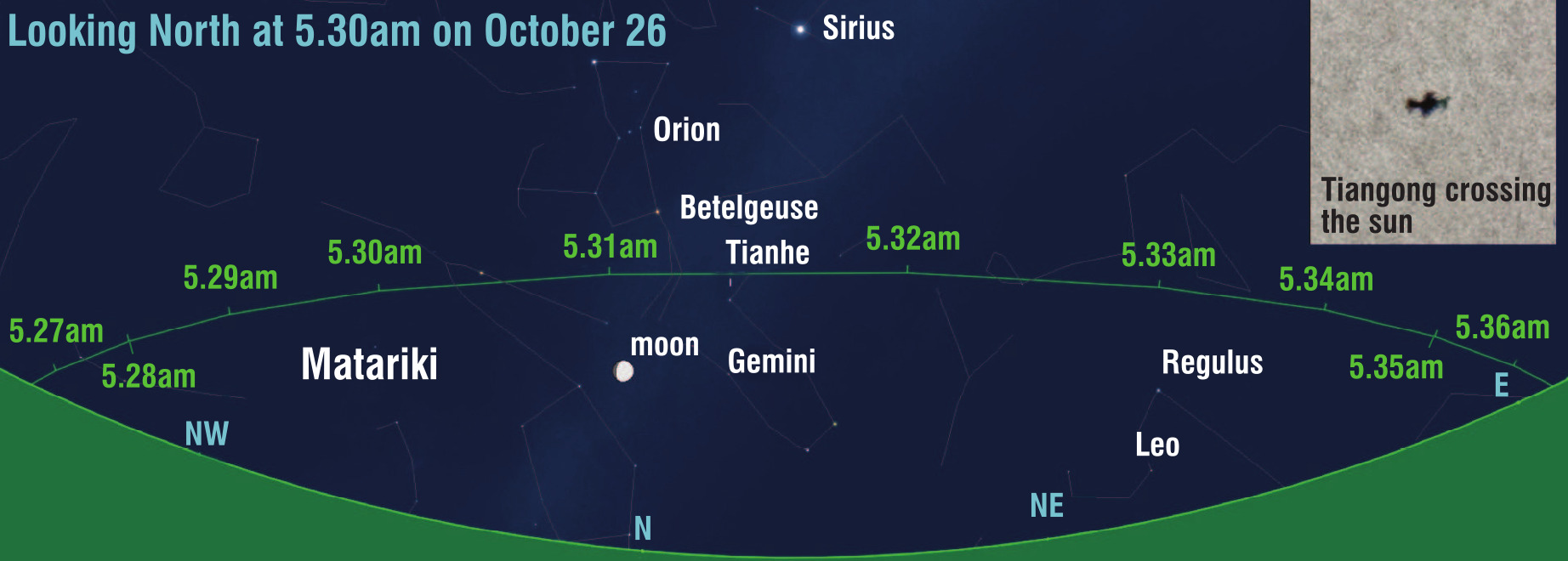
Since April this year, a second space station has graced our skies. Tiangong (meaning “heavenly palace”) is being assembled in orbit by the Chinese Space Agency. Last weekend, three astronauts were launched to Tiangong’s core module, called Tianhe. They will spend the next six months carrying out experiments. With a length of 20m and a width of just over 4m, Tiangong is much smaller than the ISS, so it appears much dimmer in our sky.
If you want to spot Tiangong, there’s an excellent chance before sunrise on Tuesday morning. It rises in the NNW just before 5.27am and should be visible as a slowly moving second magnitude star above the moon at 5.31. The sky will be getting bright which means a pair of binoculars will assist you in locating Tiangong.
I have become quite addicted to taking pictures of the ISS as it crosses the sun or the moon. These events are called transits. During a transit it is possible to photograph the ISS in silhouette as it speeds across the solar or lunar disk.
A few weeks ago, it was predicted that it might be possible to photograph Tiangong crossing the Sun from a narrow path quite close to Lake Tekapo. On a whim, I decided to take a day trip to Tekapo!
I packed my telescope and drove 300km to the predicted spot. Conditions were perfect and at the appointed time I managed to capture the tiny station’s solar panels in silhouette against the sun before heading home. This week’s illustration is the result of eight hours on the road to capture an event lasting less time than it took my heart to beat once.
- Ian Griffin

